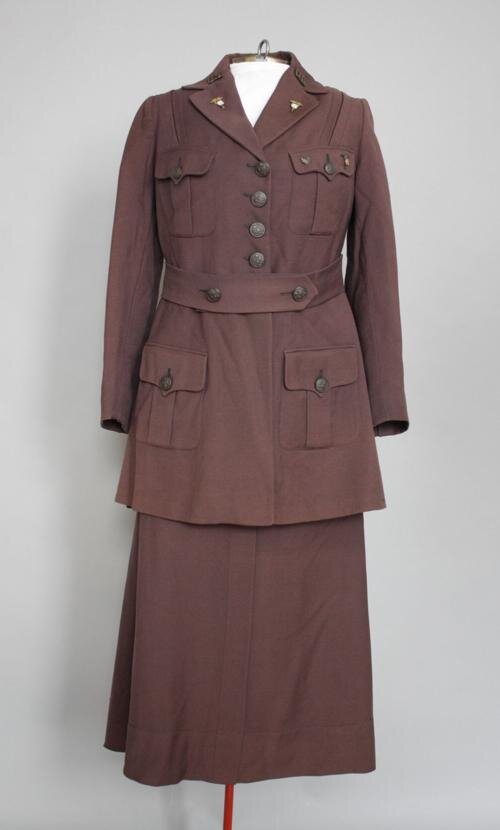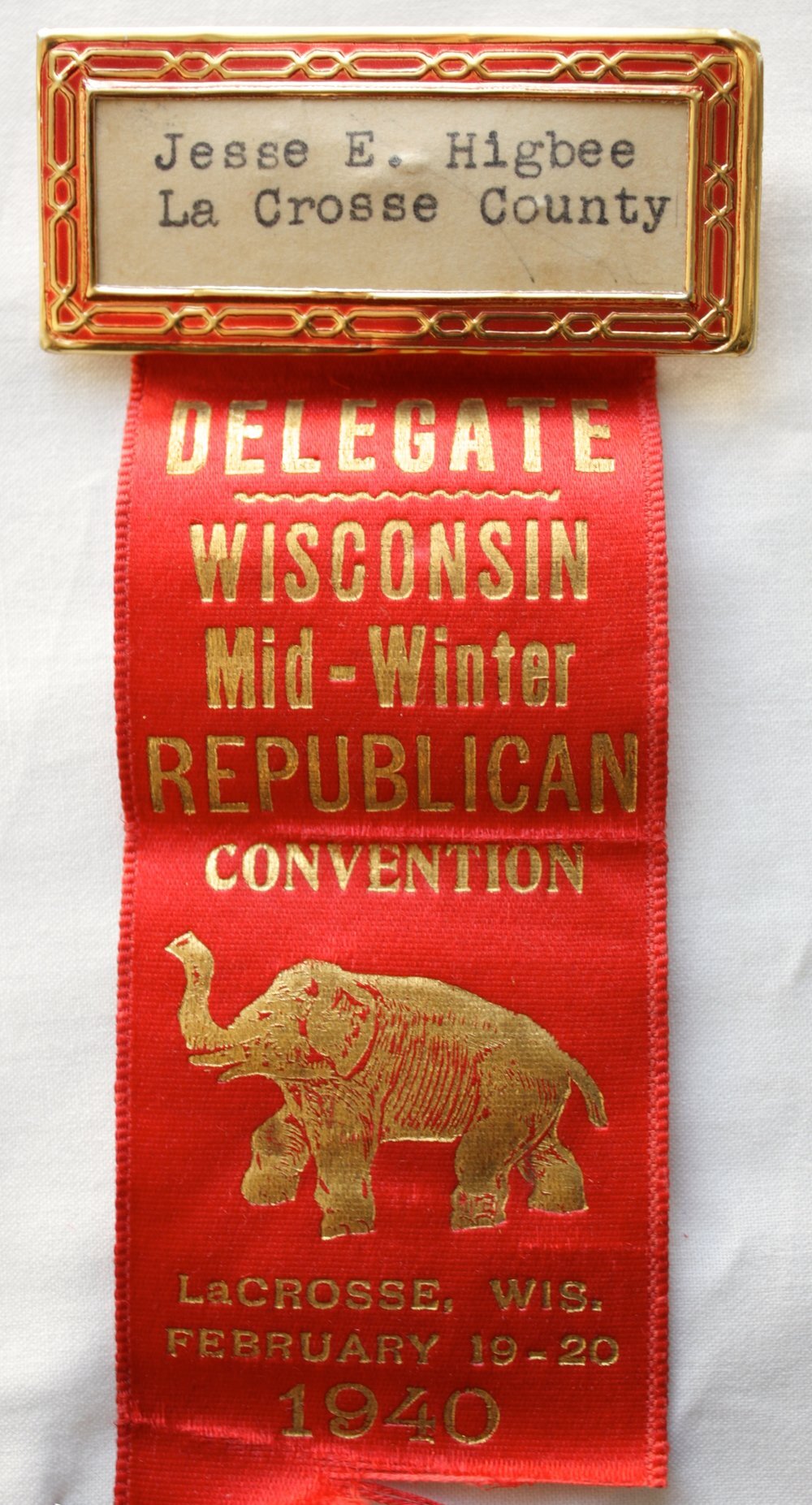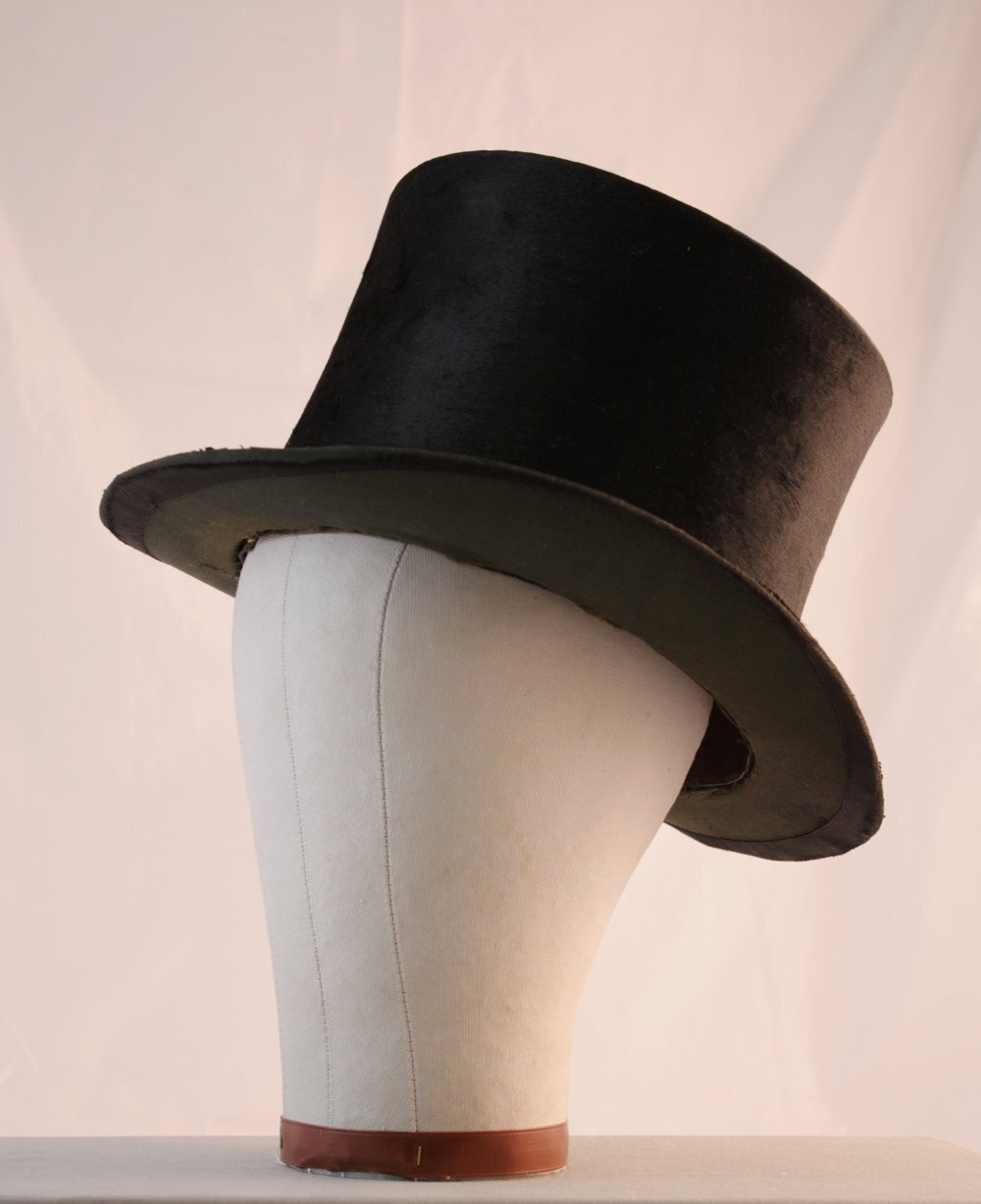Peggy Derrick
Catalog Number: 2015.026.04
Long before we were taking “selfies” with our cell phones, and long before the Polaroid Swinger was popularized by a young Ali McGraw strolling on the beach with her instant camera, trend-setters could take photographs while on the go with their Cycle Peek-a-Boo camera. A mere 5.5” by 6.5” when closed, this little bellows camera came with a case designed to be strapped to the upper frame bar of a bicycle, hence Cycle in the name. Technology geeks of the 1890s could be doubly fulfilled, using the latest in transportation and documenting their excursions with a high-quality portable camera.
The Aiken-Gleason Company of La Crosse made this camera in about 1898. The company had been formed in 1896 and operated in the downtown area until 1901, when it was reorganized as the Imperial Camera and Manufacturing Company. Imperial continued to make and sell high-quality glass-plate cameras until it was absorbed by another company and moved to Rochester, NY, in 1903, thus ending La Crosse’s brief entrée into camera manufacturing.
The Cycle Peek-a-Boo, along with three other cameras made in La Crosse by Aiken-Gleason and Imperial, are a recent donation to the collection of the La Crosse County Historical Society. Local historian and retired UW-L Special Collections director Ed Hill had collected these as part of his research on photography in La Crosse and has chosen to donate them here, where they can be part of the largest publically-owned collection of local artifacts. According to Ed, “Imperial succumbed, as did so many other firms, to the competitive pressures and technologies of the several major photographic manufacturing companies of the day. Imperial produced cameras for just over two years. Its production was so influential, however, that its cameras can be found in collections and museums all over the United States.”
This article was originally published in the La Crosse Tribune on December 26, 2015.
This object can be viewed in our online collections database by clicking here.






















